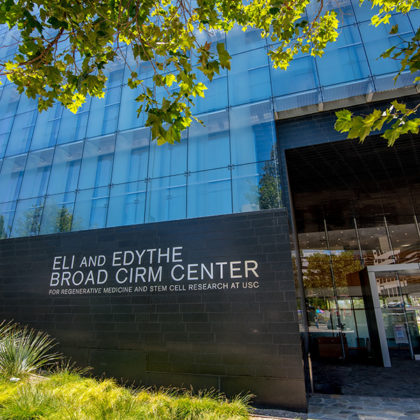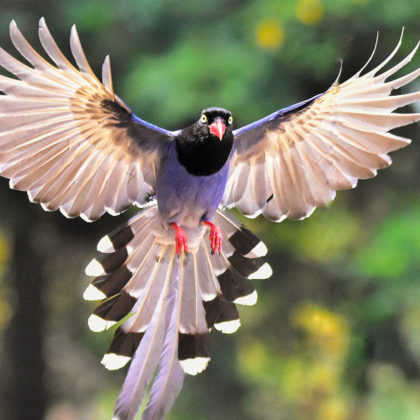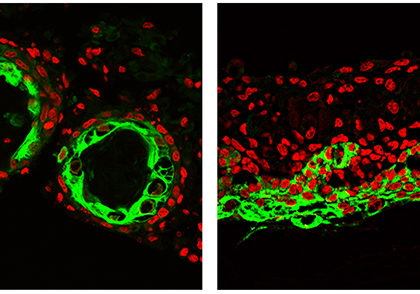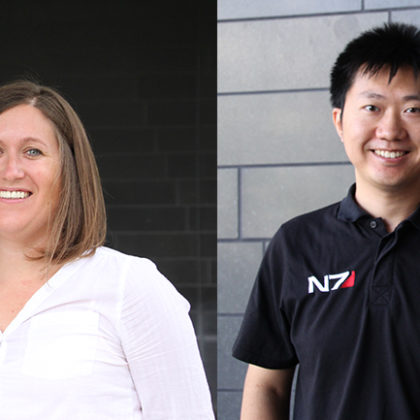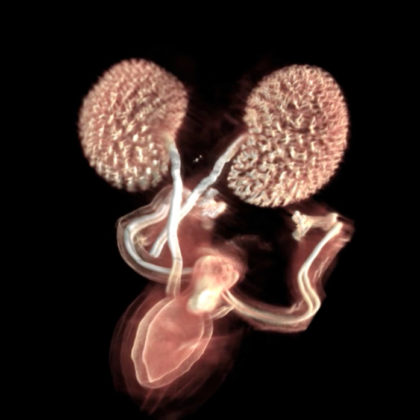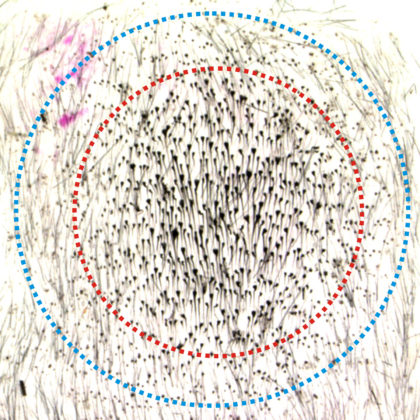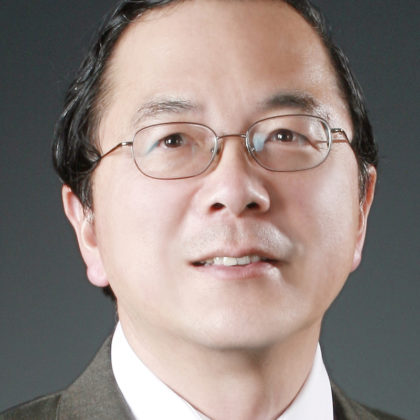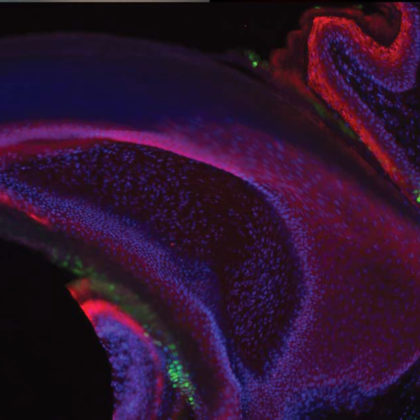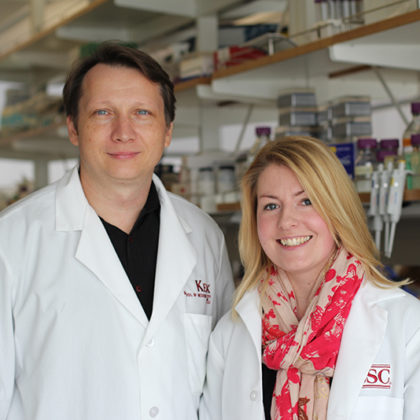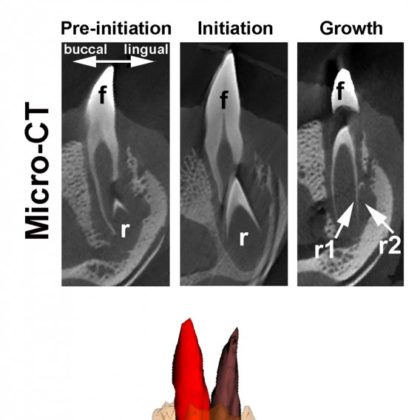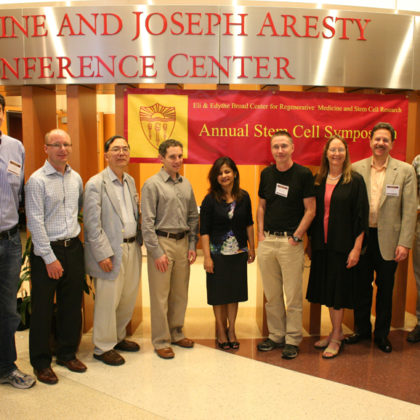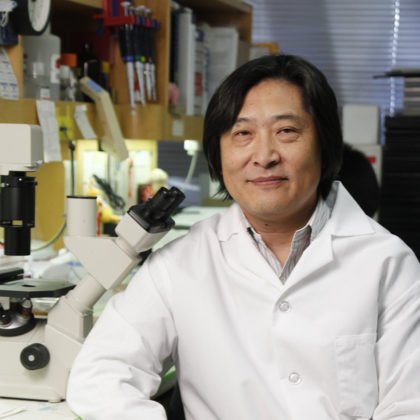Stories
California’s biggest stem cell experiment: The impact of the stem cell ballot proposition at USC
In 2008, USC broke ground on an $80 million building dedicated solely to stem cell research and regenerative medicine. The plans called for a monolithic structure clad in black marble and reflective …
Study examining the evolution of feathers shows potential for medical applications
New research from an international team led by USC scientists set out to learn how feathers developed and helped birds spread across the world. Flight feathers, in particular, are masterpieces of propulsion …
USC Stem Cell scientists obtain “how to” guide for producing hair follicles
How does the skin develop follicles and eventually sprout hair? A USC-led study, published in the Proceedings of the National Academy of Sciences (PNAS), addresses this question using insights gleaned from organoids, …
USC postdocs win Doerr Stem Cell Challenge Grants
Just as there are times when two heads are better than one, there are times when two labs are better than one. Thanks to the new Doerr Stem Cell Challenge Grants, teams …
Engineering undergraduates focus on building a microscope for USC’s stem cell research center
Previously, when Andy McMahon, head of USC Stem Cell, wanted a three-dimensional image of a kidney, he would ship the organ to Australia. Now, he can send the organ down the hall …
USC researcher plucks hair to grow hair
If there’s a cure for male pattern baldness, it might hurt a little. A team led by USC Stem Cell Principal Investigator Cheng-Ming Chuong has demonstrated that by plucking 200 hairs in …
USC Stem Cell Symposium creates scientific synergy
Provost Michael Quick convened the inaugural USC Stem Cell Symposium with a straightforward truth about the future of regenerative medicine: “it will take a dedicated community of scholars across the disciplines to …
USC Stem Cell researcher Cheng-Ming Chuong named fellow of national science association
Keck School of Medicine of USC scientist Cheng-Ming Chuong has been named a fellow of the American Association for the Advancement of Science (AAAS). Chuong, professor of pathology at the Keck School …
Nail stem cells prove more versatile than press ons
A team of USC Stem Cell researchers led by principal investigator Krzysztof Kobielak and co-first authors Yvonne Leung and Eve Kandyba has identified a new population of nail stem cells, which have …
Stem cells offer clues to reversing receding hairlines
Regenerative medicine may offer ways to banish baldness that don’t involve toupees. The lab of USC scientist Krzysztof Kobielak, MD, PhD has published a trio of papers in the journals Stem Cells …
Alligator stem cell study gives clues to tooth regeneration
Alligators may help scientists learn how to stimulate tooth regeneration in people, according to new research led by the Keck School of Medicine of USC. For the first time, a global team …
Birds of a feather flock together for stem cell research
To eventually use stem cells in regenerative medicine, scientists need to understand how stem cells become organized into particular tissue patterns and shapes. With that in mind, researchers at USC recently found …
Broad Center for Regenerative Medicine and Stem Cell Research hosts first annual Stem Cell Symposium
It was standing room only at the first Stem Cell Symposium hosted by the Eli and Edythe Broad Center for Regenerative Medicine and Stem Cell Research at USC.
Cellular automaton model predicts how hair follicle stem cells regenerate
Your hair — or lack of hair — is the result of a lifelong tug-of-war between activators that wake up, and inhibitors that calm, stem cells in every hair follicle on your …
USC researchers learn how hair stem cell populations achieve large-scale tissue regeneration and growth
In one of the first studies to look at the population behavior of a large pool of stem cells in thousands of hair follicles – as opposed to the stem cell of …
Stem cell research symposium hosts international speakers
On June 14, Songtao Shi of the Center for Craniofacial Molecular Biology and Gregor Adams of the Eli and Edythe Broad Center for Regenerative Medicine and Stem Cell Research, co-organized the 2010 …

